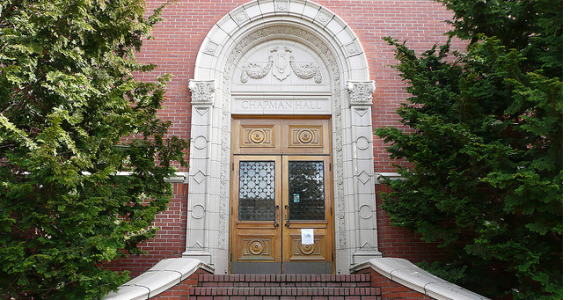Higher education is about to undergo a profound shift to a new more-open style with many competitors and options, even more than there are right now. The traditional style of higher education – residential four-year bachelor-degree oriented campuses – will hang on, but increasingly wane as the predominant model of higher education.
The College of 2020 is grounded in the ideas that will contribute to that shift, ideas we first expressed two years ago in the report The College of 2020: Students. But first, let’s set the stage.
Why is it happening now?
The answers can be divided into three primary categories:
Technological – We have become used to the idea, as consumers, of having almost instant access to just about any information we need, via a smart phone, a laptop, an iPad, a GPS, a Kindle, and numerous other devices. The power, speed and agility of such devices will only increase with time. And so will our ability to do more with them. The quality of video and audio, and the connectivity of such devices will also grow, and the acceptance of them as the “new normal” will grow, too. This is one new way that colleges will offer classes (if they are not doing so already). Future students will expect no less.
Cultural – Our society is evolving into one that prizes convenience and speed, above almost all other virtues. If I can save time and get a similar experience, why wouldn’t I go the easiest possible route. Faced with making a transaction in person or online, how many people any more opt to do something in person? Such opportunities make us more efficient, and for most of us, being more efficient increases the quality of our lives. Businesses, governments, even our families and alliances of friends are constantly looking for ways to make interactions more efficient. Given that, how much patience is the average student going to have for a college that insists that one size fits all – that you must come to our campus, pay our price, and sit in our classroom and learn in our way, or you can’t get what you want. Consumers have come too far and been conditioned too much to look for efficiencies to accept those conditions. They will look for a provider of education that works to meet their schedule, rather than adapting their lives to meet a college’s schedule.
Financial – The tuition in the California State University system has more than doubled for in-state students just since 2007! Nearly every state (46) had a shortfall in funding this year for higher education. Most public universities responded with large tuition increases. This severe recession has turned most of us into bargain hunters, or at least consumers who question the prices we have been paying. We wonder if there are other options that cost less. There are such options in higher education – they are just waiting to be invented, or discovered.
This just begins to scratch the surface. Welcome to the discussion. We’ll have a lot more to say about all of these themes and more. Tune in often.


I can already tell that’s gonna be super heplful.